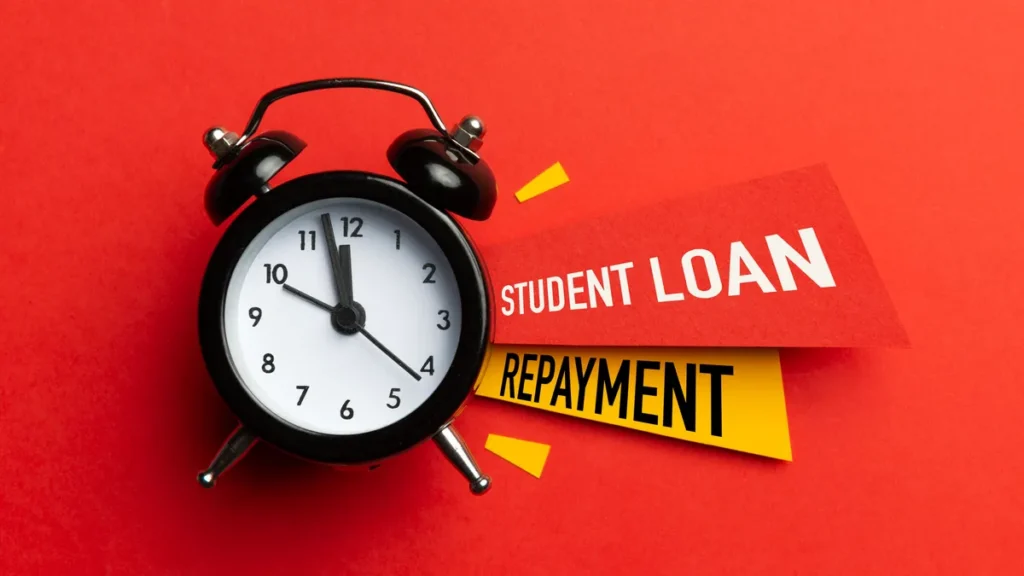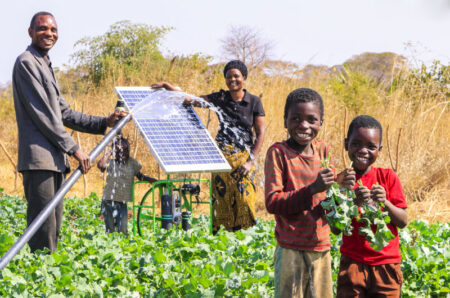- The government has announced a reduction in interest rates on student loans in Zambia from 15 per cent to 10 per cent, effective January 2024.
- The cost of pursuing higher education can be a significant financial burden for many students and their families.
- In Zambia, there are several options. Universities are offering student loans to fund education, and one of the most common methods is through student loans.
In a significant move aimed at easing the financial burden on students, the Zambian government has announced a reduction in interest rates on student loans from 15 per cent to 10 per cent, effective January 2024. The announcement was made by Douglas Syakalima, Zambia’s Minister of Education, during a media briefing held on Monday, November 27, 2023, at his office.
The decision to lower the interest rates comes after extensive consultations between the government, facilitated through the Higher Education Loans and Scholarship Board (HELSB), and various stakeholders. The Minister expressed his satisfaction with the outcome, emphasizing that these changes are part of broader reforms in student loan policies.
“I am glad to inform you that the Ministry of Education through the HELSB has implemented changes to its student loan policies, including a reduction in interest rates and a new process for dealing with defaulters,” Syakalima announced.
Institutions that offer student loans in Zambia
Currently, the Ministry of Education, through HELSB, sponsors students at eight public universities, namely Chalimbana University, Copperbelt University, Mulungushi University, Mukuba University, Kwame Nkrumah University, Kapasa Makasa University, Palabana University, and the University of Zambia.
Six of these universities benefit from funds recovered from individuals who previously benefited from the student loan scheme. The Minister expressed optimism that the reduction in interest rates would motivate those who have not yet initiated their repayment to participate actively in the scheme.
Syakalima appealed to all individuals who have benefited from student loans to expedite the repayment process to ensure the sustainability of the scheme. He emphasized that the student loan program is designed to be a revolving fund with the goal of maximizing access for as many students as possible.

“The government wants to ensure that as many students as possible access the loans, but this can only happen if the people who benefited and are already employed pay back their loans,” stated the Minister.
Additionally, the Minister revealed that HELSB has intensified efforts to update the database of all students who have benefited from loans since 2004. Collaborating with other government institutions such as the Examination Council of Zambia, Zambia Revenue Authority (ZRA), and the National Pension Scheme Authority (NAPSA), the Ministry aims to trace all beneficiaries of the student loans.
According to the report of the Committee on Education, Science and Technology on the performance audit report of the auditor general on the administration of student loans and scholarships by the higher education loans and scholarship board in Zambia between 2017-2020 for the second session of the thirteenth national assembly, in 2022, the distribution of student loans showed that 51 per cent of recipients were male, while 49 per cent were female.
However, this resulted in urban male applicants being evaluated solely on merit, disadvantaging males from peri-urban and compound neighbourhoods. Additionally, 52 per cent of student loans were awarded to applicants from rural districts, compared to 48 per cent from urban districts.
The classification as rural or urban is based on the indicated residential address in application letters and the Student Loan Application Form. Despite 52 per cent of awardees being from rural areas, the criteria do not consider household vulnerability levels in urban regions, and the indicated residential addresses are not verified for accuracy.
Recovery of student loans in Zambia
Regarding loan recovery, as of December 31, 2022, the loan recovery database had 69,321 beneficiaries with a total loan portfolio value of $202.1 million (K4.7 billion). HELSB retrieved 36,104 beneficiary records from the NAPSA database, engaging 16,051 and working on the remaining 20,053.
This leaves over 33,200 beneficiaries who may be in the informal sector and need to be located. Of the total beneficiaries, 15,779 were servicing their loans, 53,270 had yet to start repaying, and 185 had paid off their loans. Eighty-seven beneficiaries were reported deceased, and as of March 31, 2023, HELSB had cumulatively recovered $15.6 million (K363.8 million) since October 2018.
The performance audit highlighted a low loan recovery rate, with only $7.79 million (K181 million) recovered from a total matured loan amount of $124.7 million (K2.9 billion), representing a 6.2 per cent recovery rate as of October 2021.
The Committee was informed that the Board did not insure loans against non-repayment risk during the review period. Additionally, failure to insure student loans between 2004 and March 2021 resulted in accumulated bad debts totalling $111,047.75 (K2.58 million) from 75 beneficiaries who had graduated, were employed by the public service, and died without repaying the student loans.
Also read: Can gamification transform Southern Africa’s education sector











